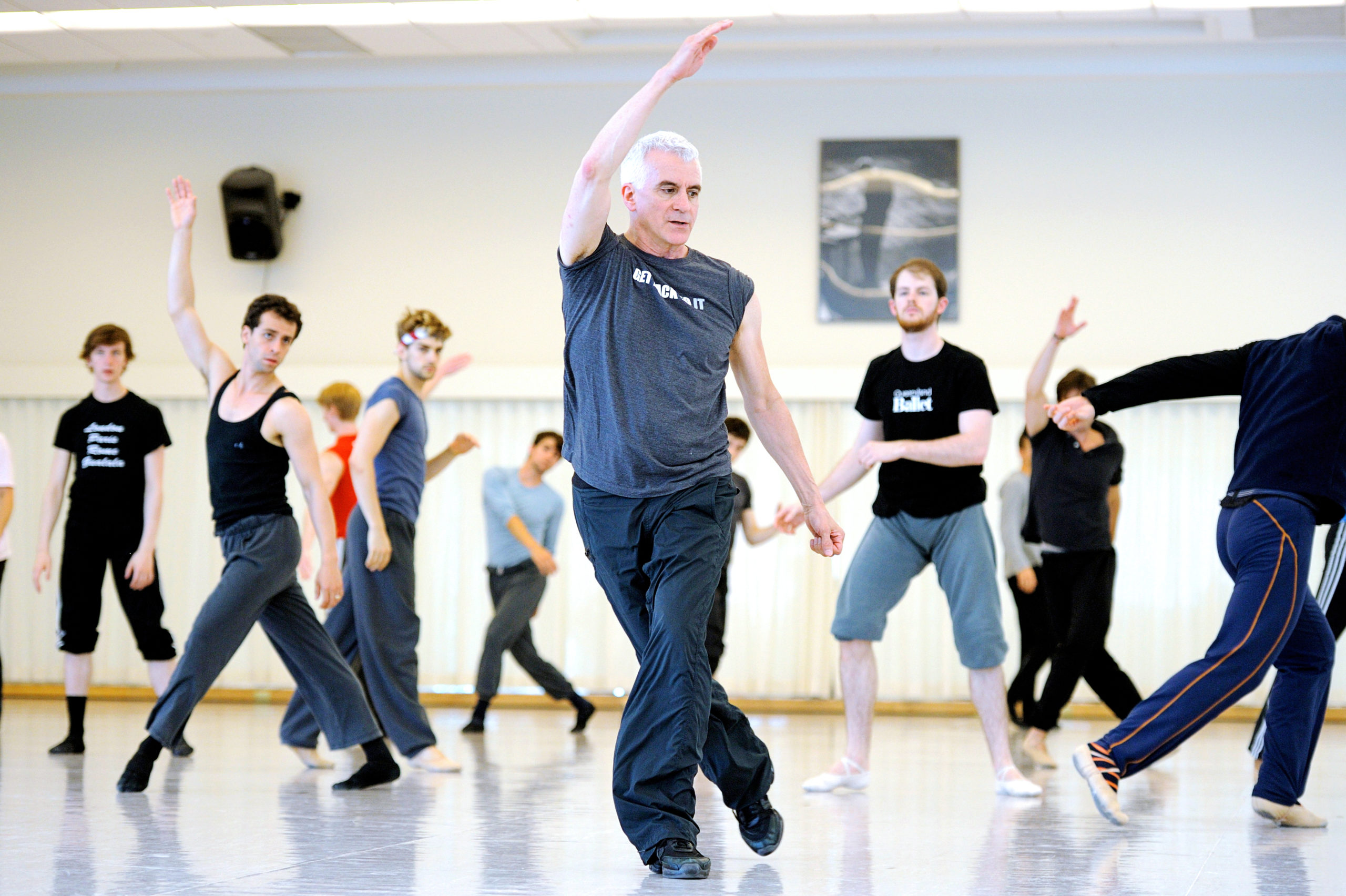San Francisco Ballet Legend Val Caniparoli Reflects on 50 Years in Dance
Rare are the dancers who perform with one company for multiple decades and, rarer still, whose artistic careers continue to flourish and evolve. Val Caniparoli belongs to that exclusive group. After studying music and theater at Washington State University, he left college early to train briefly with San Francisco Ballet School before joining San Francisco Ballet in 1973, where he gained acclaim for his performances in works by Jerome Robbins, George Balanchine and Maurice Béjart. Caniparoli has held a number of artistic positions in the company, from ballet master to principal character artist—and he still takes the stage in character roles ranging from Drosselmeyer in Nutcracker to Herod in Arthur Pita’s Salome. He’s also built a prolific career as a choreographer, with notable works like Lambarena, Ibsen’s House and Jekyll & Hyde performed by companies worldwide and a world premiere in the works for SFB’s January next@90 festival. On the cusp of his 50th season with SFB, Caniparoli, 70, shares some of the wisdom of his half-century in ballet.

When I started at SFB, Jerome Robbins cast me in his ballet Moves. Shortly after, I became ballet master and he selected me to coach his works. SFB artistic director Helgi Tomasson called me into his office some time later to say Jerry didn’t want me working on his ballets anymore. He had found out I was also a choreographer. In that moment, I realized I didn’t want to be a ballet master because I wanted to focus on choreography. In a strange way, Jerome Robbins freed me of that responsibility, which gave me more time to create works for other companies.
Today, dancers’ technical abilities are off the charts. They can do anything! They are more versatile than when I began dancing. Current demands placed on dancers can be overwhelming. But there is also more hunger to get roles and do them with meaning. I’ve noticed that choreographers have taken note of this through the creation of more narrative works. These also seem to be what audiences come to see.
When I created Lambarena in 1995, I collaborated with African dance consultants, which was unprecedented at the time. It was a daring musical fusion that was a true celebration of two cultures. I continue to love collaborating with people from the beginning of the choreographic process, whether a dramaturg, ballroom dancers or composers. I have never had any qualms bringing people in to enrich my work.
One of the positive things about still being a principal character artist at SFB is that I’m often among the dancers in rehearsals. I’m on their side, even when I am choreographing or rehearsing them from the front of the room.
I am inspired by people who are really confident. As a dancer, I was shy. I’m always in awe of dancers who ask for a role, then back it up by putting in the work.
As a dancemaker, I’m more confident now. The more you do, the more your tolerance towards criticism builds up. Previously,
if I got a bad review, I feared I would never work again. But I did! Additionally, with my experience, I’m not afraid to dive into controversial subject matter. That freedom is great because I am less likely to second-guess myself, and my work is stronger.
Make the work. It’s not going to come to you. Find colleagues and get in the studio on lunch breaks or after rehearsals. Go to local schools and ask to create for their recitals. You have to get the experience and make your own opportunities. It doesn’t happen by osmosis. And once people see your work, things will begin to happen.




